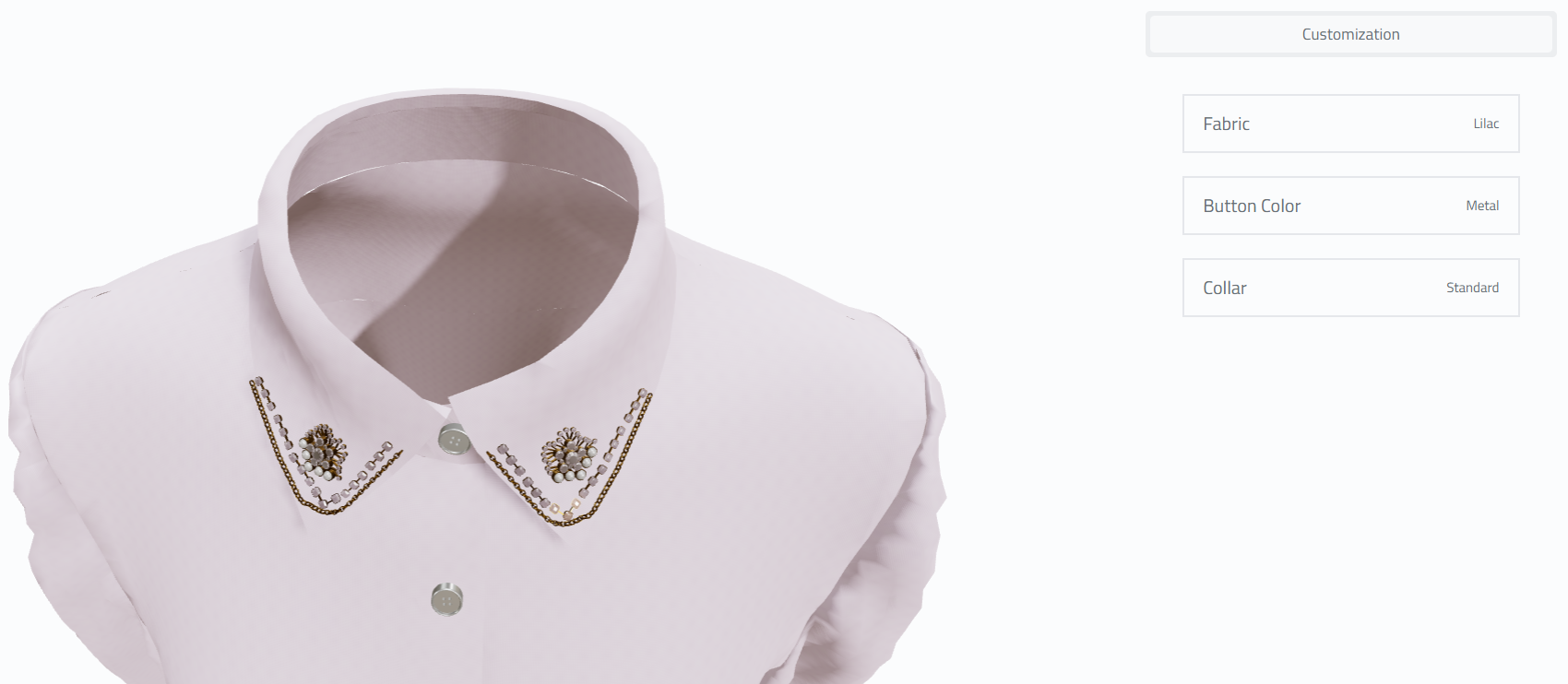
In an era dominated by the fast-paced evolution of technology, the fashion industry is witnessing a revolutionary shift, courtesy of 3D design customisation and visualisation. This wave of commercial transformation, marked by the fusion of fashion and tech, is notably redefining the landscape for bespoke businesses. At the forefront of this transformation is the innovative integration of real-time tech, specifically, 3D product configurator, into digital e-commerce platforms.
At the core of this transformation is the bespoke business - a field traditionally marked by manual craftsmanship and personal consultation. However, with the introduction of 3D product configurator and real-time tech, these businesses are witnessing an impactful shift. They now can offer personalized experiences online, allowing customers to customise and visualise their attire through robust 3D tools platforms like detailed depictions of textures, fabrics, and patterns. This seamless amalgamation of bespoke style with this technology is not just enhancing customer satisfaction but is also significantly reducing the time from design to delivery.
A look at how 3D customisation and visualisation enhance consumer experiences in bespoke industries, as shown in the GIF below.
All this empowers customers to see their modifications in real-time, thereby giving them a sense of ownership and satisfaction even before the product is physically crafted. For bespoke businesses, this means higher conversion rates and a unique selling proposition in the competitive digital marketplace.
Discover the significant impact and ROI of 3D configuration in a bespoke fashion through Katherine Jacoby's insightful analysis here.
As technology continues to evolve, this fusion of fashion and tech, particularly through platforms like thob.studio, is expected to become even more noticeable making digital e-commerce an even more integral part of the fashion industry. Businesses that leverage these advancements in 3D design visualisation and product configuration will undoubtedly lead the charge into the future, offering bespoke, personalised fashion at the click of a button.
In conclusion, the integration of 3D customisation technologies is not just changing the game; it's redefining it. The fashion industry's future lies in its ability to seamlessly integrate fashion visualisation with digital e-commerce, ensuring that the unique charm of bespoke style remains undiminished, yet is enhanced by the benefits of modern technology and real-time customisation.
